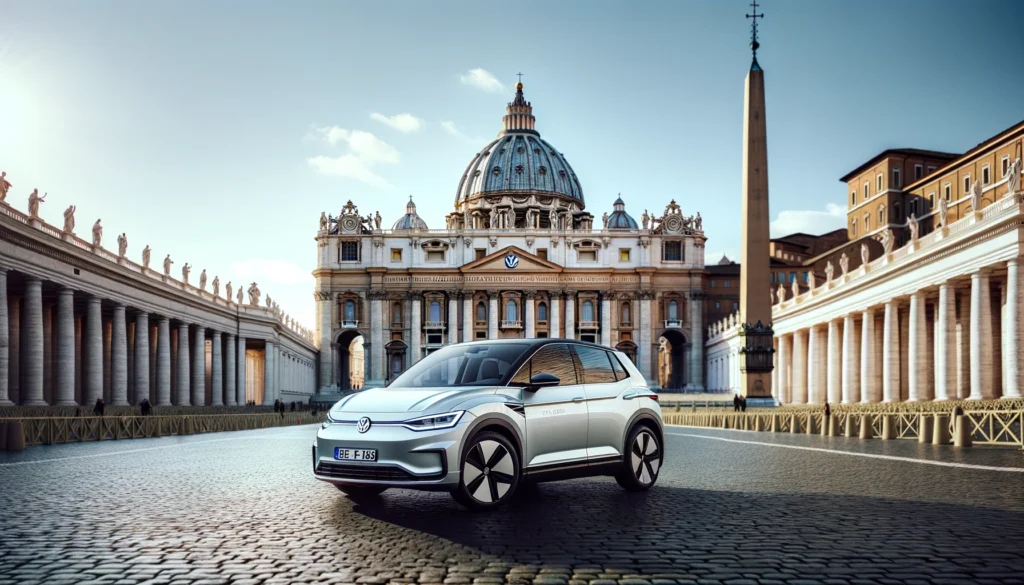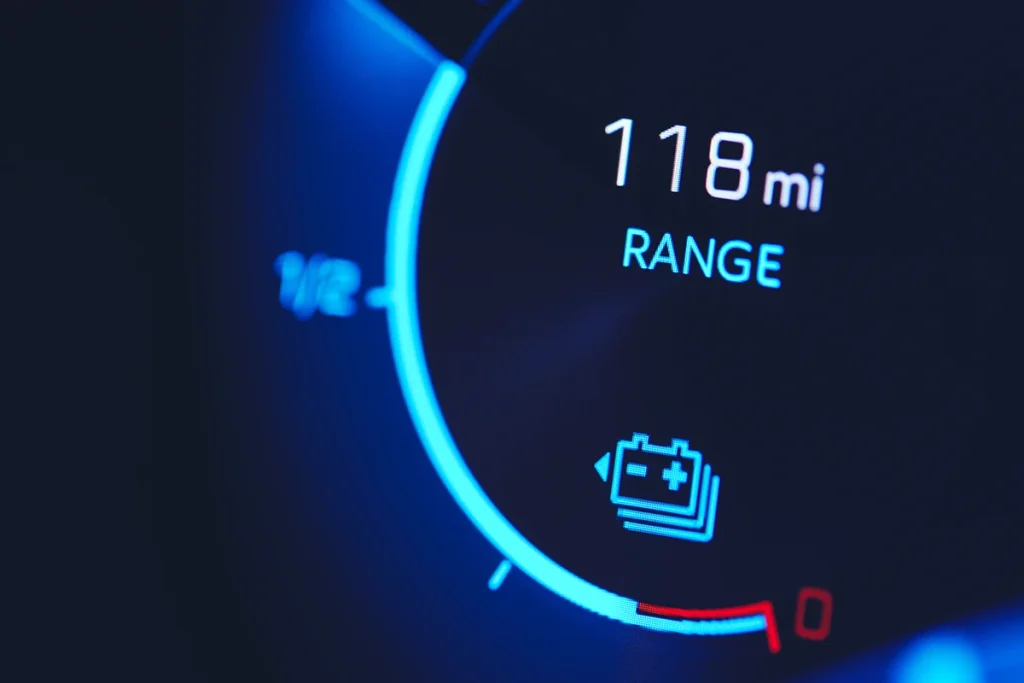A Historic Partnership for a Sustainable Future
Volkswagen, the renowned German automaker, has embarked on a monumental task to transform Vatican City’s vehicular fleet. In a groundbreaking move, Volkswagen will replace all vehicles within the world’s smallest sovereign state with electric models by 2030. This sweeping change underscores the Vatican’s commitment to environmental stewardship, aligning with its broader “Ecological Conversion 2030” initiative aimed at reducing emissions.
The Fleet: From Vatican’s Gardens to Papal Commutes
Vatican City, despite its modest size, operates a diverse fleet. This includes vehicles for senior Vatican officials, alongside maintenance, gardening, and delivery cars. Volkswagen’s deal will see these vehicles, most of which are currently dark blue, replaced with state-of-the-art electric models.
Charging Infrastructure: Powering the Transition
Integral to this electrification project is the development of a comprehensive network of electric charging stations. These will be installed within Vatican City and at its Rome properties. Notably, Vatican employees will have access to these facilities for their private vehicles, incentivizing a shift away from fossil fuels.
The Volkswagen Fleet: Models and Delivery
Volkswagen’s commitment includes delivering just under 40 electric vehicles from its ID. family, starting in early 2024. The range includes models from the ID.3 to the ID.5, as part of the Vatican’s decarbonization strategy. The Vatican will see a gradual replacement of its existing fleet with these electric models, culminating in a completely electric fleet by 2030.
The Pope’s Stance on Climate Change
Pope Francis, a vocal advocate for environmental issues, has reiterated the urgent need to transition to clean, renewable energy sources. His concerns are rooted in the escalating signs of climate change, including intensified extreme weather events and the slow abandonment of fossil fuels. This partnership is a practical step towards his vision of a more sustainable world.
Implications and Future Prospects
While the agreement with Volkswagen marks a significant stride towards sustainability, it’s unclear if it will encompass the “popemobiles” used for papal appearances in St. Peter’s Square. Currently, the pope uses simple versions of a Ford Focus or a Fiat 500 for travel within Vatican City and Rome.
Conclusion
The Vatican’s collaboration with Volkswagen is a striking example of how religious institutions can lead in the fight against climate change. It’s not just about reducing carbon emissions but also about setting a precedent for environmental responsibility. Volkswagen’s role in this transformation is not only a testament to their electric vehicle technology but also signifies a broader shift towards sustainable mobility on a global scale.


